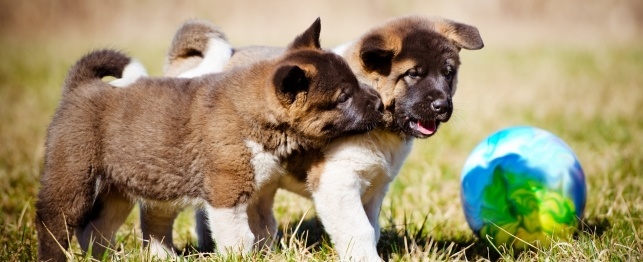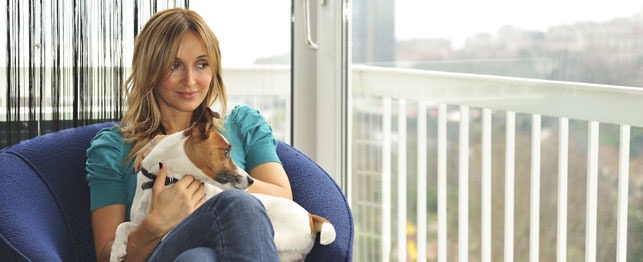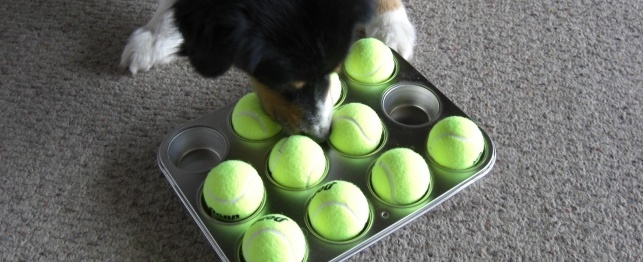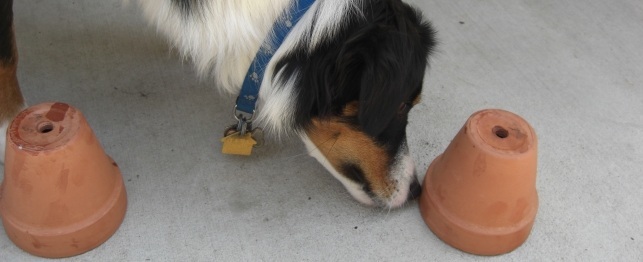Getting a new puppy is a joyous day. That said, they can become overwhelming quickly. You may be exasperated as you are picking up after another mess your dog made. You can rediscover your joy when you teach your dog the proper way to behave. This article is packed with practical and proven advice for training your pet pooch.
Start your dog off on the right foot by installing good habits early on. It's far easier to teach a puppy good habits than it is to deprogram bad habits. Don't feed your dog scraps if you don't want want him begging at the table.
In order for your training to be effective, you have to understand that you'll need to be firm. Yelling at the dog is counterproductive, and it is necessary to balance strictness in response to misbehavior and love in response to obedience. This will help you build a great relationship with your pup.
Sometimes professional help is required, so do not be afraid to call them. If training your dog is not going as planned, you may need professional help. An experienced, professional trainer can work with you and your dog to identify what works and what could be improved upon.
Training needs to continue during the dog's life. Your dog doesn't stop learning just because it's no longer a puppy. If you reinforce good behavior, your dog will be obedient, and he will stop being negative as long as he is being disciplined.
For instance, you may want your pup to hold something in his mouth. Whenever the dog puts his mouth on the toy, immediately sound your clicker and reward him with a treat. Wait until he puts the toy near his mouth after he performs these actions a few times. After has has done this, you should click and promptly give a reward. It is important to only reward him again if he picks up the toy with his mouth on his own.
All dogs do not respond to training styles in the same way. For example, a laid back and loving dog will likely thrive on positive reinforcement, whereas a more aggressive dog may need negative reinforcement in order to respect your alpha position. If your current training technique is not producing good results, you may want to try another method.
Unless breeding is in your dog's future, make sure he or she is spayed or neutered before six months of age. Have this done before the dog begins obedience classes. When you pet has already been spayed or neutered, they will behave better at obedience school. This will give your dog a happier and healthier life and you will have many years of happiness with your pet.
If you approach a dog you do not know, do so slowly. Let the dog sniff the back or top of your extended hand. This gives the dog a chance to become accustomed to your personal scent and shows him you mean no harm. When he knows who you are, he'll do what you ask.
Always buy a crate that is the correct size for your dog so you can train them well. Keep in mind that puppies get bigger. Choose a crate that your puppy can grow in, but won't grow out of. The dog will need sufficient room to rest and turn around without feeling cramped.
When you know that you need to be gone for a few hours, take your dog for a long walk before you depart. If your dog is exhausted, he won't experience as much anxiety when you leave.
There are many elements to dog training; patience may be the most important. The tips we've gone over will set you and your new pup onto the path of a loving wonderful relationship for the years to come. Your dog won't be trained overnight, but with patience and persistence, you will have a trained dog before you know it.

 Doggie Play Dates: Are They for Your Dog?
Doggie Play Dates: Are They for Your Dog?
Doggie Play Dates: Are They for Your Dog?
Doggie Play Dates: Are They for Your Dog?
 MORE Games That Delight Dogs
MORE Games That Delight Dogs
MORE Games That Delight Dogs
MORE Games That Delight Dogs
 City Slickers: 5 Tips for Urban Living with Cats & Dogs
City Slickers: 5 Tips for Urban Living with C
City Slickers: 5 Tips for Urban Living with Cats & Dogs
City Slickers: 5 Tips for Urban Living with C
 The Fabulous Muffin Tin Game for Dogs
The Fabulous Muffin Tin Game for Dogs
The Fabulous Muffin Tin Game for Dogs
The Fabulous Muffin Tin Game for Dogs
 Flower Pot Scenting Game for Dogs
Flower Pot Scenting Game for Dogs
Flower Pot Scenting Game for Dogs
Flower Pot Scenting Game for Dogs